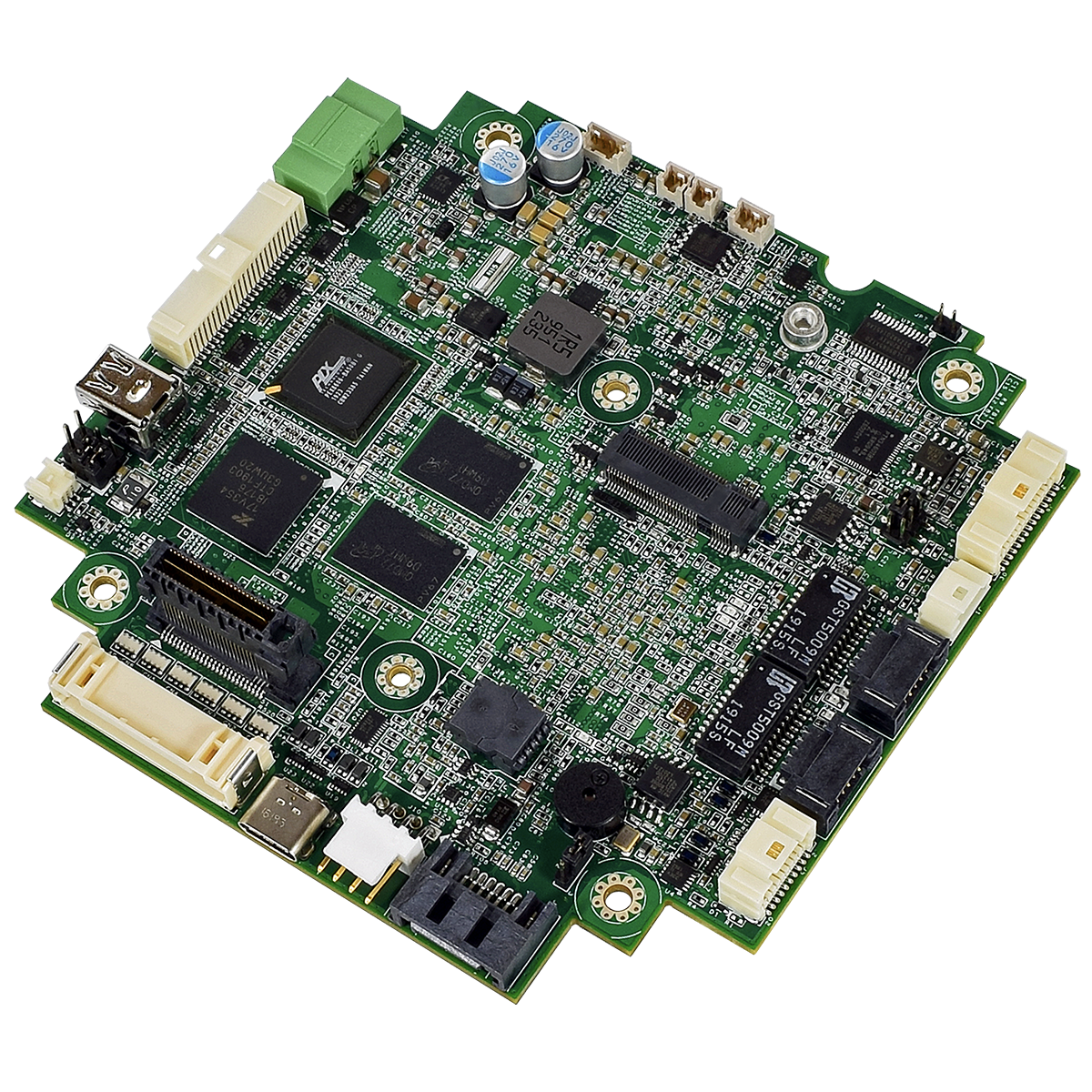
Recently, we discussed the differences between consumer platforms versus commercial platforms versus industrial systems versus military systems. Here, we’re going to dive a little deeper into the industrial versus commercial sectors and discuss why an industrial system is likely the better option versus a commercial system, particularly considering cybersecurity concerns.
As a recap, we explained how commercial systems are a step above consumer products in durability and service life and, in many cases, may share similar components. The big difference there often lies in the packaging/system design, where the system must account for longer run times, higher and lower temperatures in the operating environment, and possibly moisture or humidity.
Industrial equipment typically demands little to no downtime, so that must be considered in the design. Adding redundancies is one way to minimize or eliminate that downtime.
Security in Industrial Platforms
The system design component yet to be discussed is security—how moving to an industrial platform can offer improved cybersecurity, which is essential in most environments. Keep in mind it’s not possible to guarantee the absolute security of a system. We often talk about ensuring the safety of your data when the inevitable occurs. But you need to make it tough enough to get in so that the hacker is likely to move on to easier prey.
Physical Threats
First, let’s talk about physical hacks, where someone physically tries to steal a system or break into it. Modern industrial systems are designed with seals and other tamper-proof materials, such that an alarm would sound if a nefarious physical attack were to occur.
Early industrial systems were immune to cyberattacks because there was rarely a connection to the outside world. And the systems were often located in physically inaccessible areas. Clearly, that’s not the case today, where everything is connected.
Industrial security should always be part of broader safety and reliability programs. Cybersecurity is essential to the safe and reliable operation of modern industrial processes, data protection, and personnel safety. As we have learned, threats to control systems can come from numerous sources, both malicious and accidental.
Cyber Threats
The current threats are coming from cyberhackers. And in many instances, the system owners are often hesitant to adopt common security technologies. According to the National Institute of Standards and Technology (NIST), this hesitancy stems from a concern that the security measures will negatively impact system performance, the cost to retrofit legacy systems, and/or a lack of internal expertise. To that end, NIST has developed a guide to help the industry understand and implement cybersecurity approaches to protect against these threats (note that it’s a 247-page document, not an easy read). NIST rightly claims, “Sophisticated malware that specifically targets weaknesses in industrial control systems is on the rise, posing a significant threat to U.S. economic and national security.”
WINSYSTEMS maintains a carefully curated technology partner ecosystem to enable the delivery of rugged, secure embedded computing solutions consisting of tightly integrated hardware and software components that can be tailored to fit specific application requirements.

The WINSYSTEMS PXI-C441 offers the security features needed to operate safely in industrial IoT applications and embedded systems in the industrial control, transportation, Mil/COTS, and energy markets.
Rather than read through such a lengthy document, one could start with experts in cybersecurity, like the design team at WINSYSTEMS. Starting with a server platform like the PX1-C441 single-board computer (SBC) gives you a head start, as it is enabled with TPM 2.0 hardware security, an Intel security engine, and cryptographic acceleration.
Don’t let the small size of the PX1-C441 fool you, as it packs a full punch. It’s designed to a PC/104 form factor, measuring 4.55 by 4.39 in. Other features include PCIe/104 OneBank expansion, up to 8 Gbytes of soldered down LPDDR4 system memory, and a non-removable eMMC device for solid-state storage of an operating system (OS) and applications. In addition, the SBC is powered by the latest generation Intel Apollo Lake-I dual- or quad-core SoC processors running at up to 2.0 GHz.
A pair of Gigabit interfaces handle the networking operation using the Intel i210 LAN controller. The SBC’s extensive cybersecurity features, along with its small size, rugged design, and extended operating temperature (-40°C to +85°C) make the PX1-C441 an excellent fit for industrial IoT applications, and embedded systems in the industrial control, transportation, Mil/COTS, and energy markets.
